Yehliu Geopark: Home of the Queen's Head, Exploring Nature's Wonders

Wanli Dist., New Taipei City
Sightseeing
Yehliu Geopark, located in Wanli District, New Taipei City, Taiwan, is a cape protruding from the sea and is part of the North Coast and Guanyinshan National Scenic Area. It is internationally renowned for its unique and rich coastal erosion and weathering geological landscapes. This narrow cape is approximately 1.7 kilometers long and 250 meters wide. The strata are mainly composed of thick sandstone from the Da Liao Formation of the Miocene Yehliu Group, formed approximately 10 to 25 million years ago.
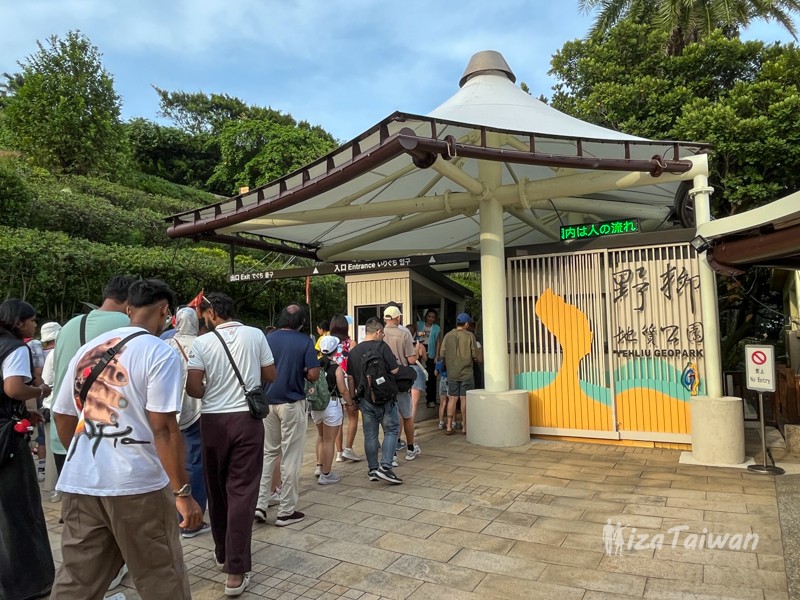
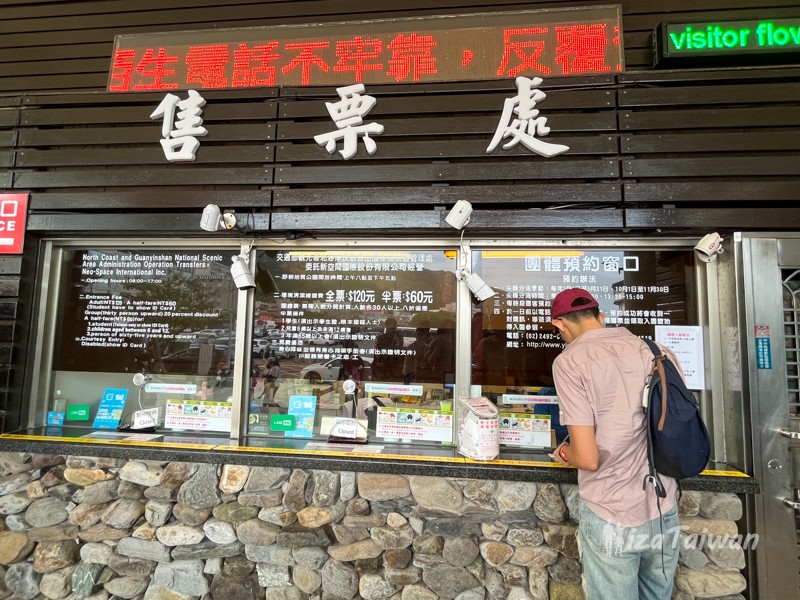
In the ancient map of Greater Taipei drawn by the Dutch in the 17th century, Yehliu was marked as "Punto Diablos (Devil's Cape)." Legend has it that the cape was named by Spanish sailors who saw the shape of the cape resembling the head of a monster.
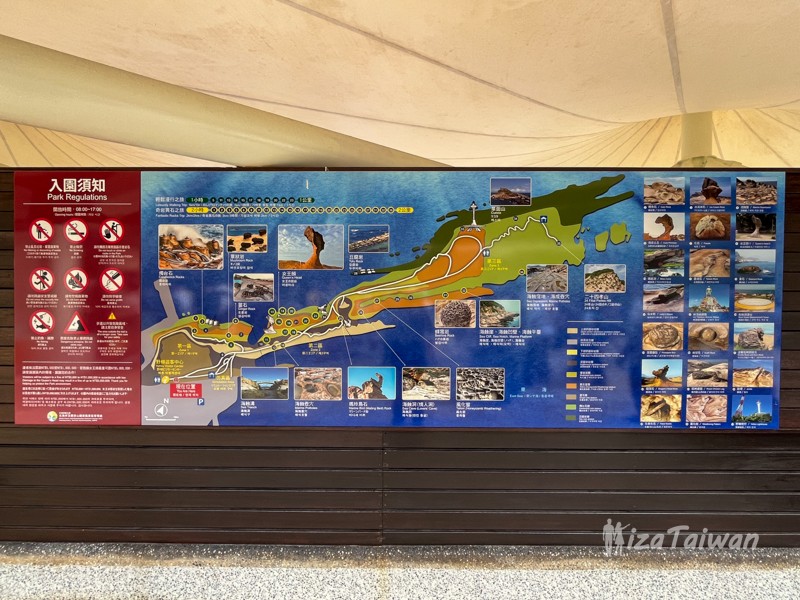
About 6 million years ago, the Penglai orogeny caused the collision of the Eurasian Plate and the Philippine Sea Plate, pushing up the original seabed strata and forming a monocline landform. Long-term weathering and erosion have created diverse rock formations, such as mushroom rocks, candle rocks, potholes, and tofu rocks, forming a unique "coastal erosion landscape." Due to the obvious changes in rock color and bedding, Yehliu is known as one of the most Mars-like places on Earth and is a "natural geological museum."
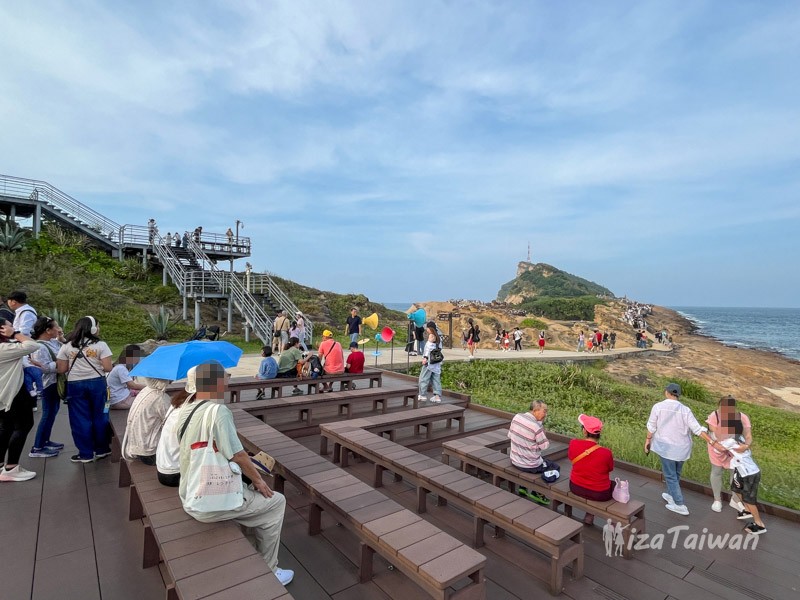
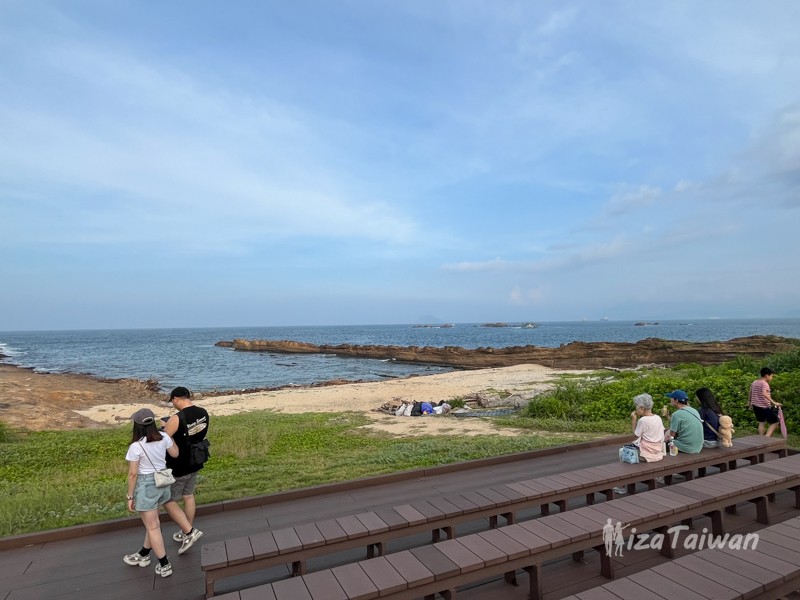
Yehliu's culture originated from the "Vasai" tribe (transliterated as Masu) of the Pingpu people and later developed into a well-known fishing village culture. The residents mainly use seine nets, single-line fishing, and longline fishing to create the famous "Wanli Crab" brand throughout Taiwan. The local religious beliefs are profound. The Kai Zhang Sheng Wang belief of Baoan Temple has continued for two hundred years and has developed into a sea祭 culture with island characteristics. There are many theories about the origin of the name Yehliu. One theory is that it is a transliteration of the Pingpu language "Yelao," and another theory is that it was named "Yehliu" because the terrain resembles a duck's beak.
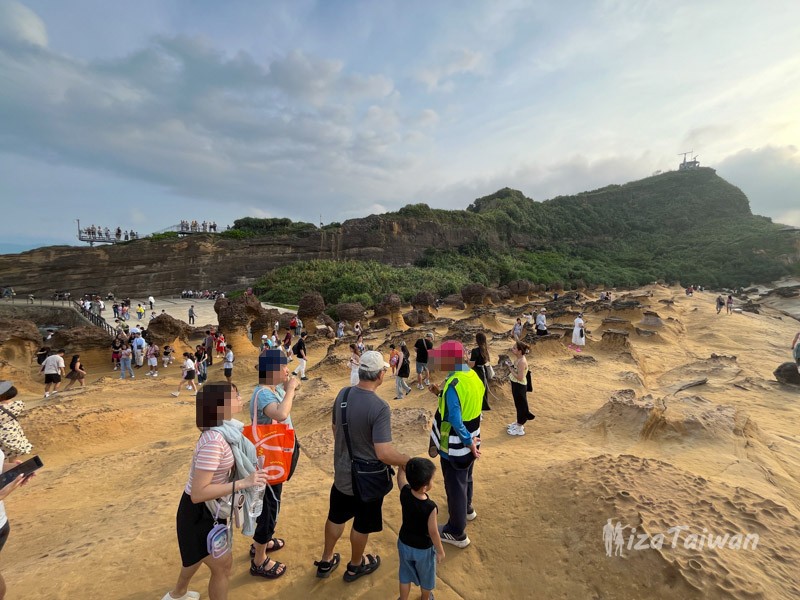
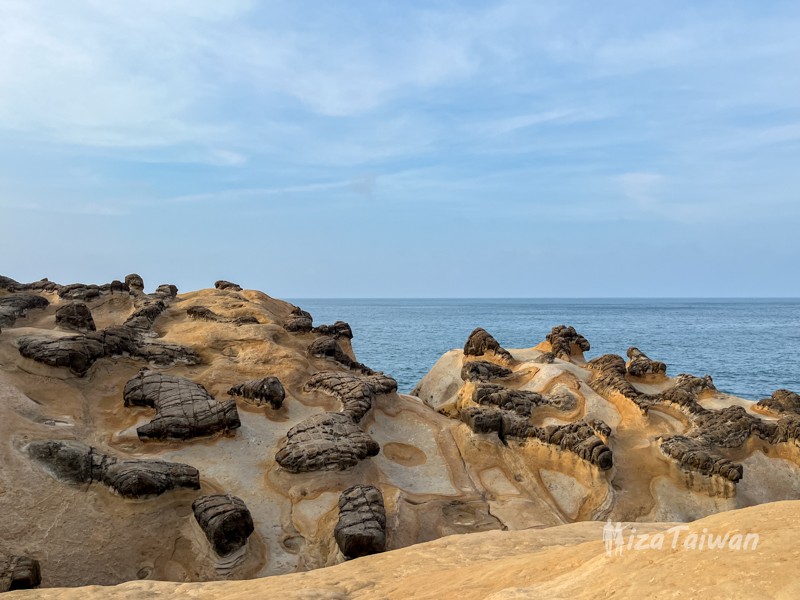
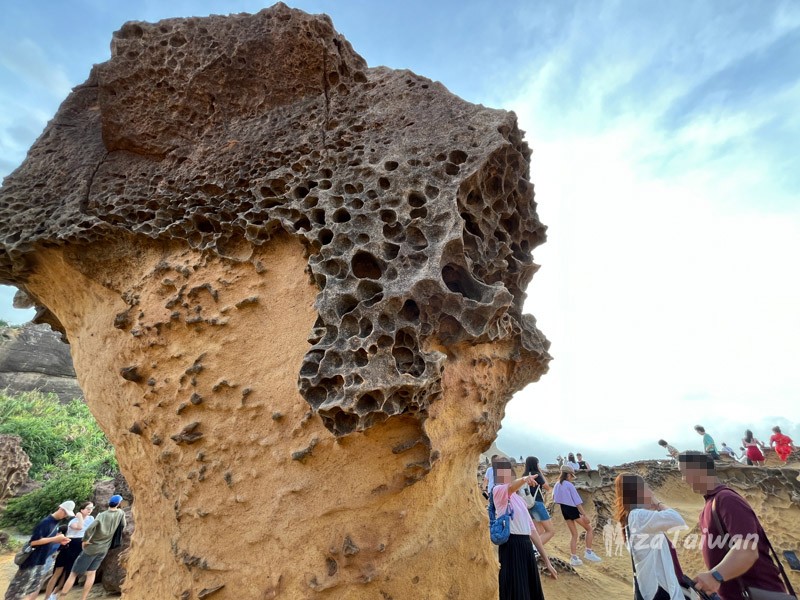
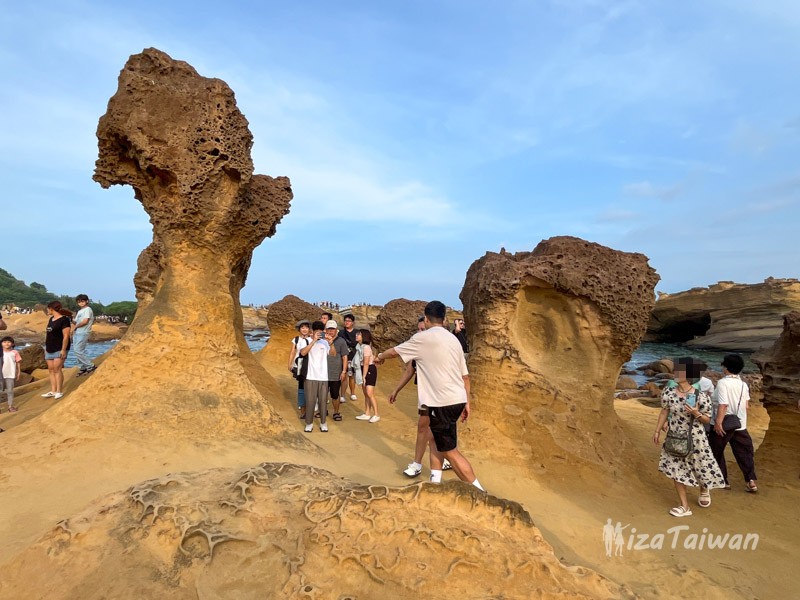
In the early days, Yehliu was a fishing ground for fishermen to make a living and also a military stronghold. With the development of tourism, Yehliu gradually transformed into a tourist attraction and was officially established as a geopark in 1990, dedicated to the protection and promotion of geological landscapes.
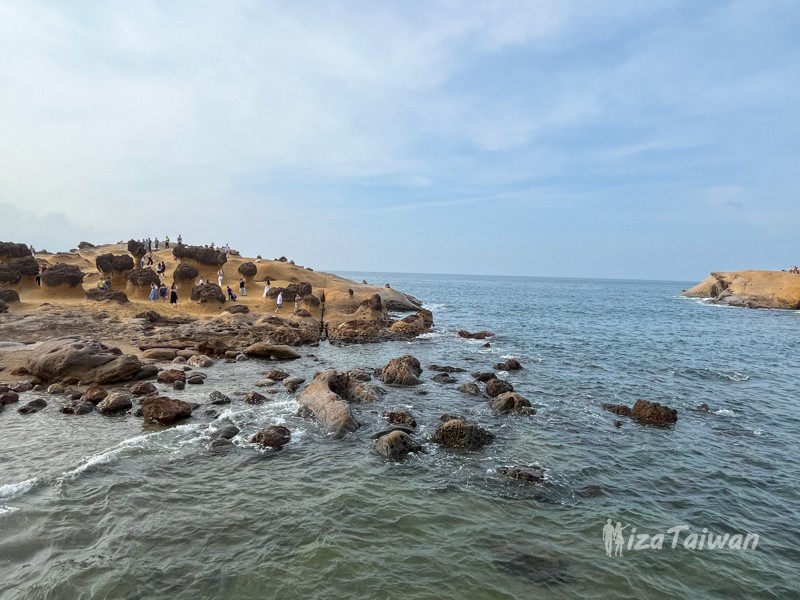
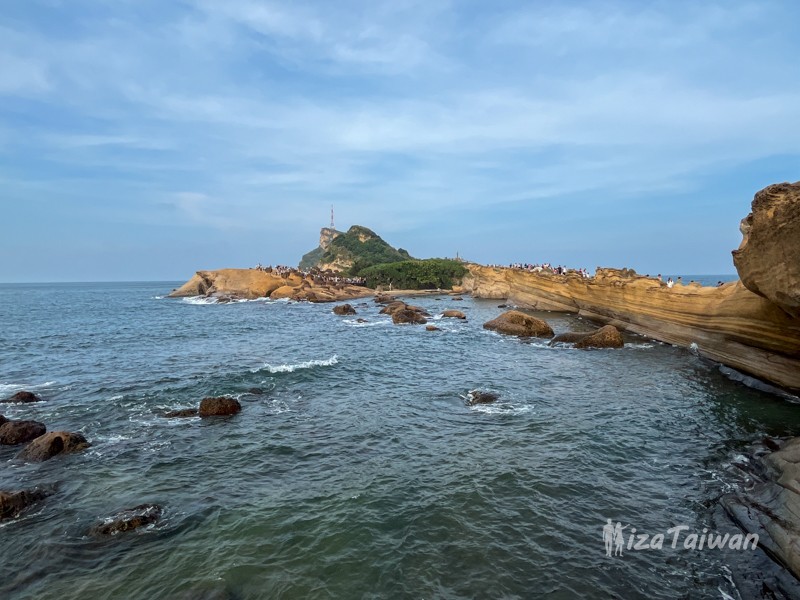
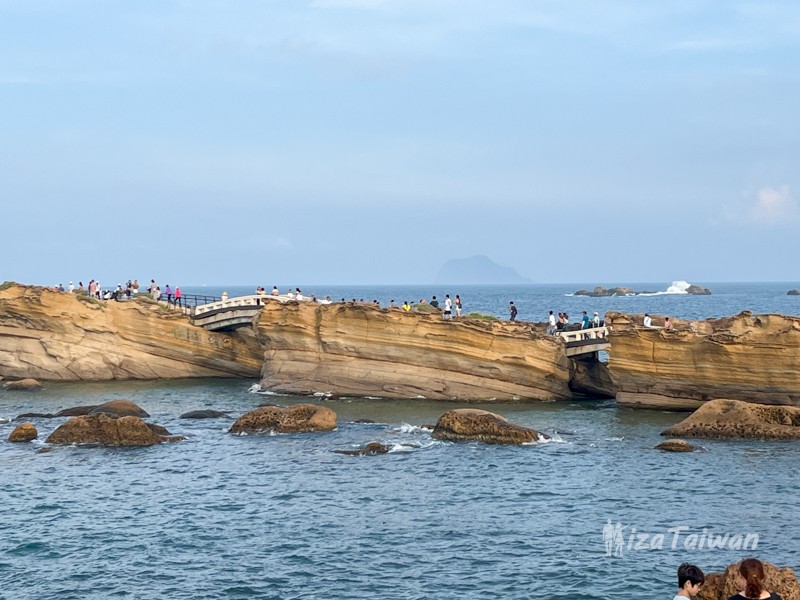
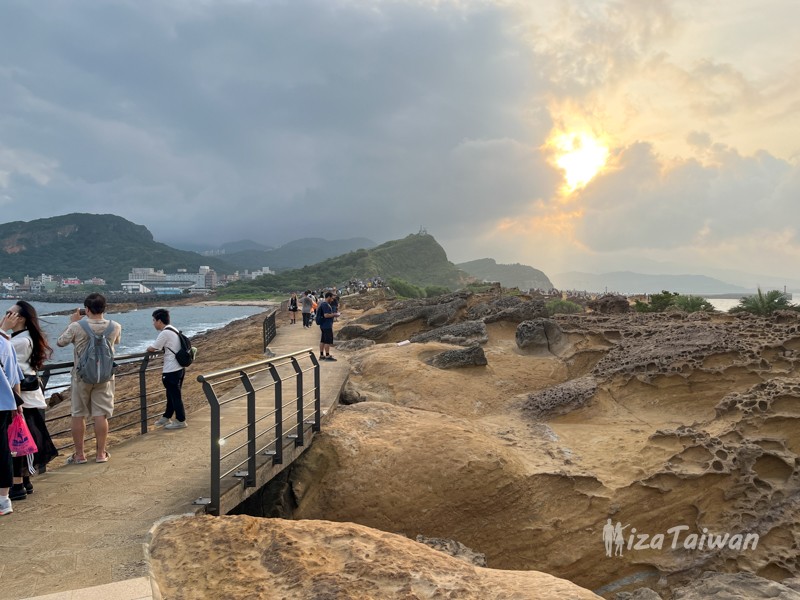
Many stories about faith and courage have been passed down in Yehliu. The most famous of these is the story of Lin Tianzhen sacrificing himself to save others. In 1964, fisherman Lin Tianzhen unfortunately drowned with a Hong Kong overseas student who accidentally fell into the sea while trying to rescue him. The government erected a monument and statue at the scene to commemorate his heroic deeds, and it has become a story of a righteous fisherman.
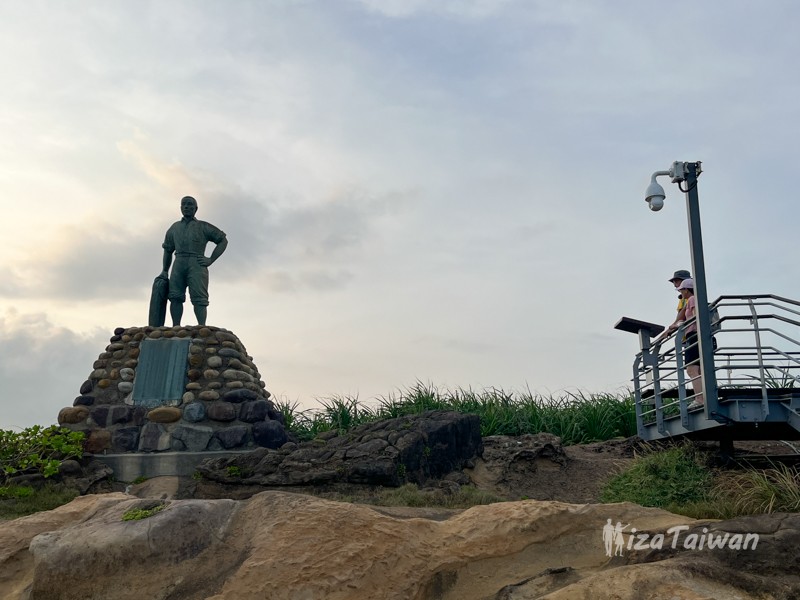
The most famous landmark is the "Queen's Head," which belongs to the mushroom rocks. Between 1962 and 1963, the shape changed due to the fracture of the joints on the nodules, and it was named after its appearance resembling the head of Queen Elizabeth of England. Since then, it has become famous and made Yehliu an international tourist attraction. The neck of the Queen's Head is getting thinner and thinner due to years of weathering. Although the park currently tends to follow nature, academic research, monitoring, and reinforcement plans are still ongoing.
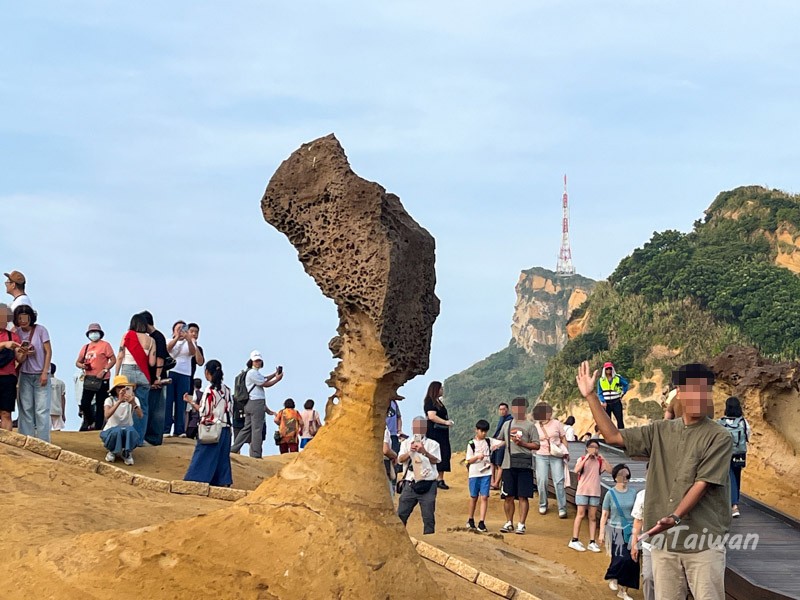
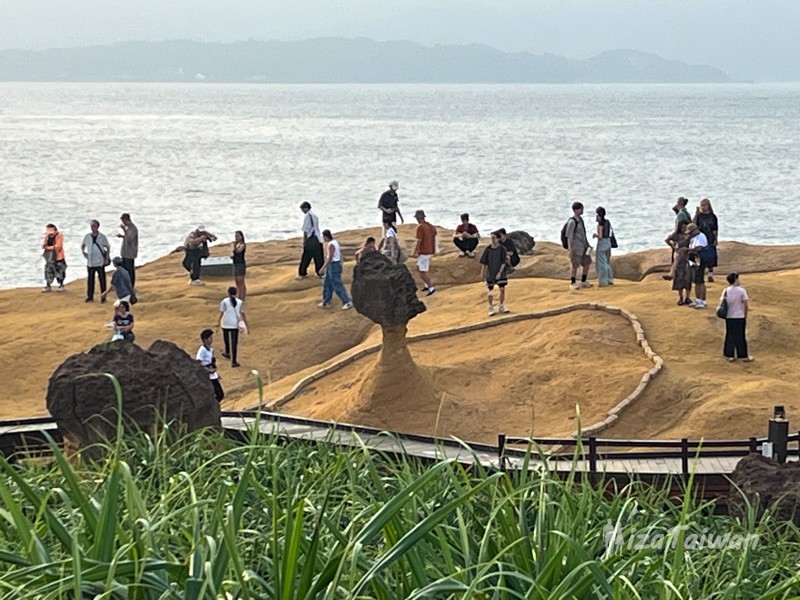
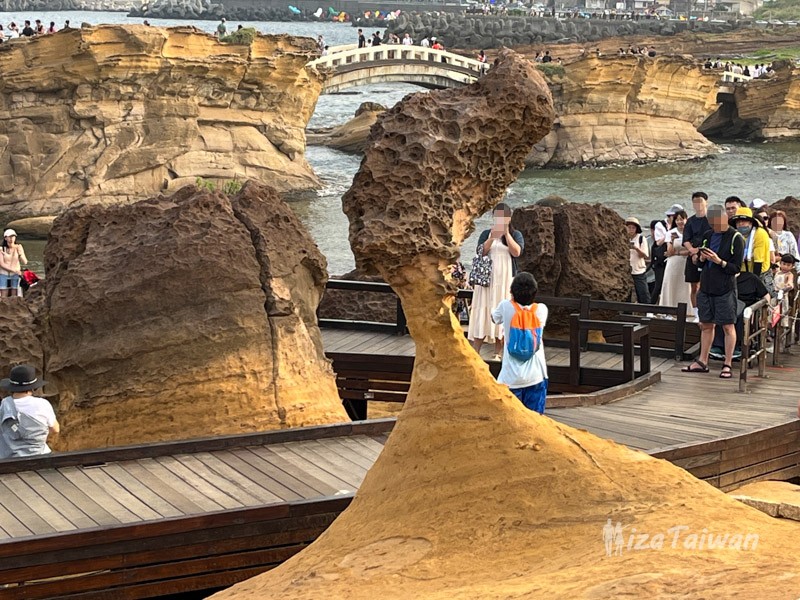
Of course, in addition to the unique geological landscape, it also has rich ecological resources. Various salt-tolerant plants grow on the coast, such as screwpines and beach morning glories. Many small crabs and sea snails can be found in the crevices of the rocks. Every spring and autumn, a large number of migratory birds pass through Yehliu, making it a great place for bird watching. This place is full of surprises and beauty. Whether you are a geology enthusiast, a photography enthusiast, or a tourist who wants to get close to nature, you can find your own fun here. Come to Yehliu, experience the wonders of nature, and admire the unique coastal erosion wonders!
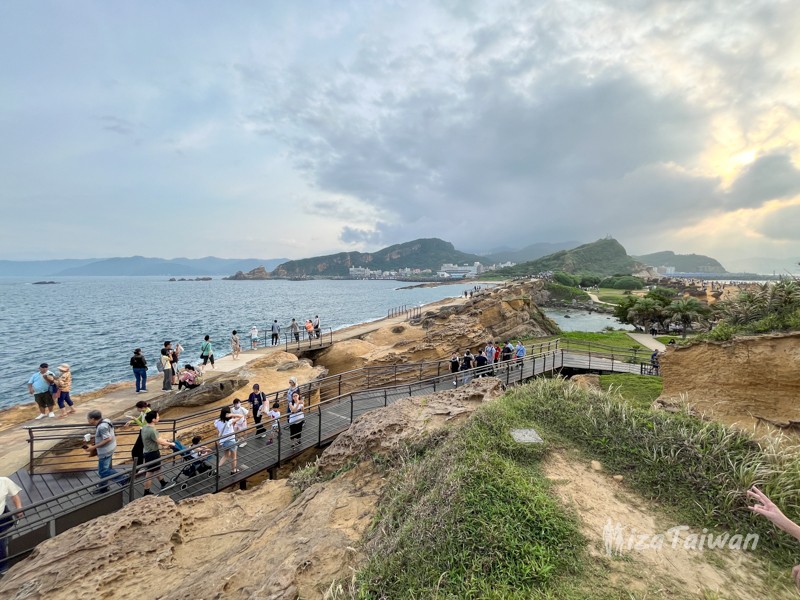
Nearby Attractions/Food:
Vanilla Flower Source Hot Spring: A Relaxing Onsen Experience with Nature and Gourmet
Jinshan Old Street: A Journey Through a Century of History and Local Delights
『Yehliu Geopark』
Address: No. 167-1, Gangdong Road, Yeliu Village, Wanli District, New Taipei City
Opening hours: 08:00–17:00 throughout the year (latest ticket sales and admission time is 17:00); extended to 08:00–18:00 in summer (June 1 to August 31, 2025).
Ticket information:
Full ticket: NT$120 (general tourists)
Concession ticket: NT$60 (with certificate, including children, students, seniors over 65, etc.)
Group ticket: NT$96 (30 or more people, general tourists)
Student group ticket: NT$48
Free: Children under 6 years old. For other specific conditions, please visit the relevant websitefor details.
Published in 2025
